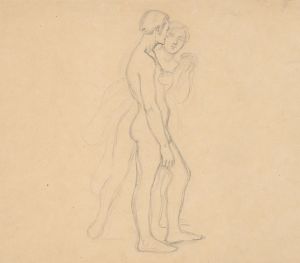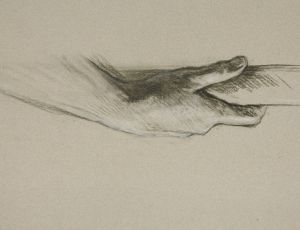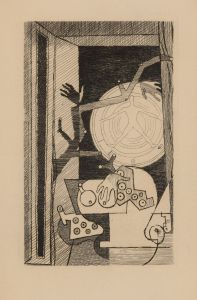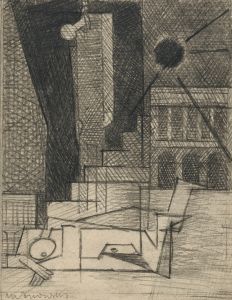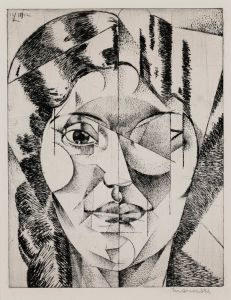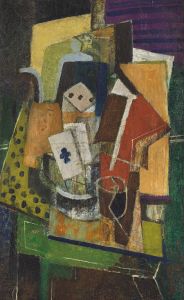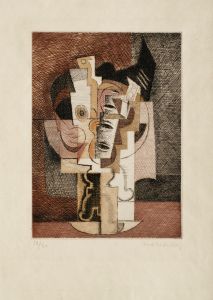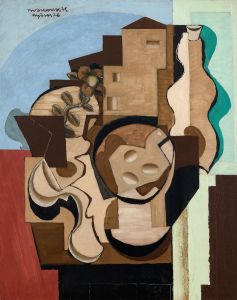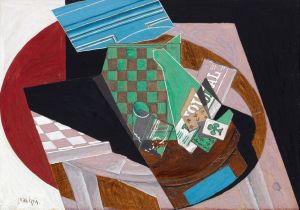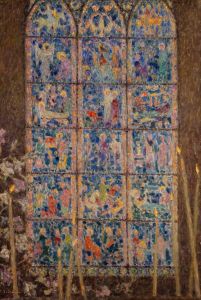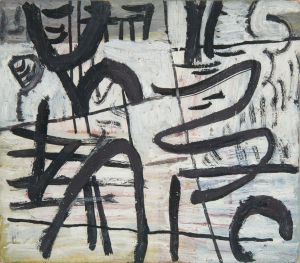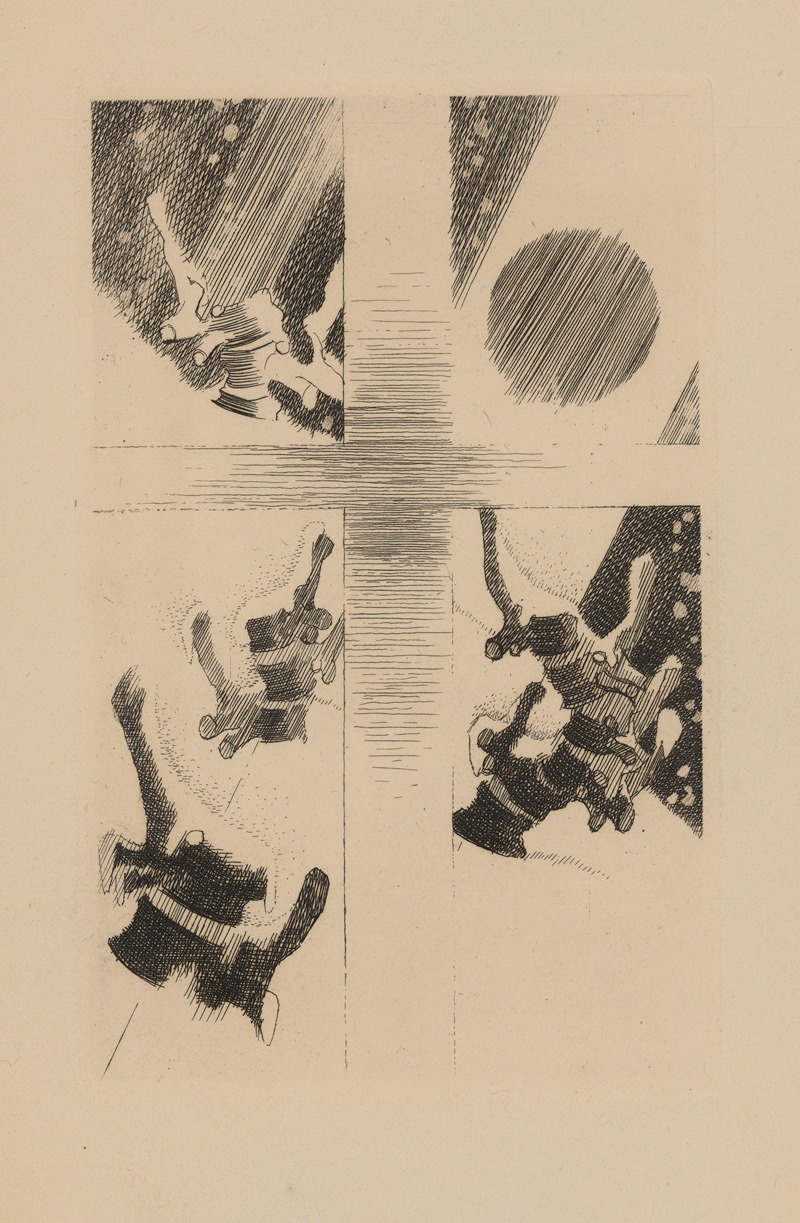
Les Femmes
A hand-painted replica of Louis Marcoussis’s masterpiece Les Femmes, meticulously crafted by professional artists to capture the true essence of the original. Each piece is created with museum-quality canvas and rare mineral pigments, carefully painted by experienced artists with delicate brushstrokes and rich, layered colors to perfectly recreate the texture of the original artwork. Unlike machine-printed reproductions, this hand-painted version brings the painting to life, infused with the artist’s emotions and skill in every stroke. Whether for personal collection or home decoration, it instantly elevates the artistic atmosphere of any space.
Louis Marcoussis was a Polish-French painter and engraver associated with the Cubist movement. Born Ludwik Kazimierz Władysław Markus in Warsaw in 1878, he moved to Paris in 1903, where he became an integral part of the city's vibrant artistic community. Marcoussis is best known for his Cubist works, which often incorporate elements of still life and portraiture, characterized by fragmented forms and a muted color palette.
"Les Femmes" is one of Marcoussis's notable works, reflecting his engagement with Cubism and his unique approach to the movement. While specific details about "Les Femmes" are limited, the painting is emblematic of Marcoussis's style during the height of his career. His work often features a complex interplay of geometric shapes and a subtle use of color, which are hallmarks of the Cubist style pioneered by artists like Pablo Picasso and Georges Braque.
Marcoussis's approach to Cubism was distinct in its lyrical quality and attention to detail. Unlike some of his contemporaries, who focused on abstraction and the deconstruction of form, Marcoussis often retained a sense of the subject's identity, blending representational elements with the abstract. This balance is evident in "Les Femmes," where the depiction of women is both recognizable and fragmented, inviting viewers to engage with the painting on multiple levels.
The influence of Marcoussis's background in engraving is also apparent in his paintings, including "Les Femmes." His precise line work and attention to texture contribute to the depth and complexity of his compositions. This technical skill, combined with his innovative use of form and color, positions Marcoussis as a significant figure within the Cubist movement.
Throughout his career, Marcoussis exhibited his work alongside other leading artists of the time. He participated in several important exhibitions, including the Salon des Indépendants and the Salon d'Automne, which were crucial platforms for avant-garde artists in early 20th-century Paris. His work was well-received by critics and collectors, earning him a place among the prominent artists of his generation.
In addition to his painting, Marcoussis was an accomplished printmaker, producing a significant body of work in etching and lithography. His prints, like his paintings, reflect his Cubist sensibilities and his interest in exploring the boundaries of form and representation.
Marcoussis's contribution to the art world extends beyond his own work. He was part of a vibrant community of artists and intellectuals in Paris, interacting with figures such as Guillaume Apollinaire, a poet and critic who was instrumental in promoting Cubism. This cultural milieu provided Marcoussis with a rich environment for artistic exchange and innovation.
"Les Femmes" remains an important example of Marcoussis's work, illustrating his mastery of Cubist techniques and his ability to convey complex ideas through visual art. While specific information about the painting's provenance or exhibition history may be limited, its significance lies in its representation of Marcoussis's artistic vision and his contribution to the broader Cubist movement.





